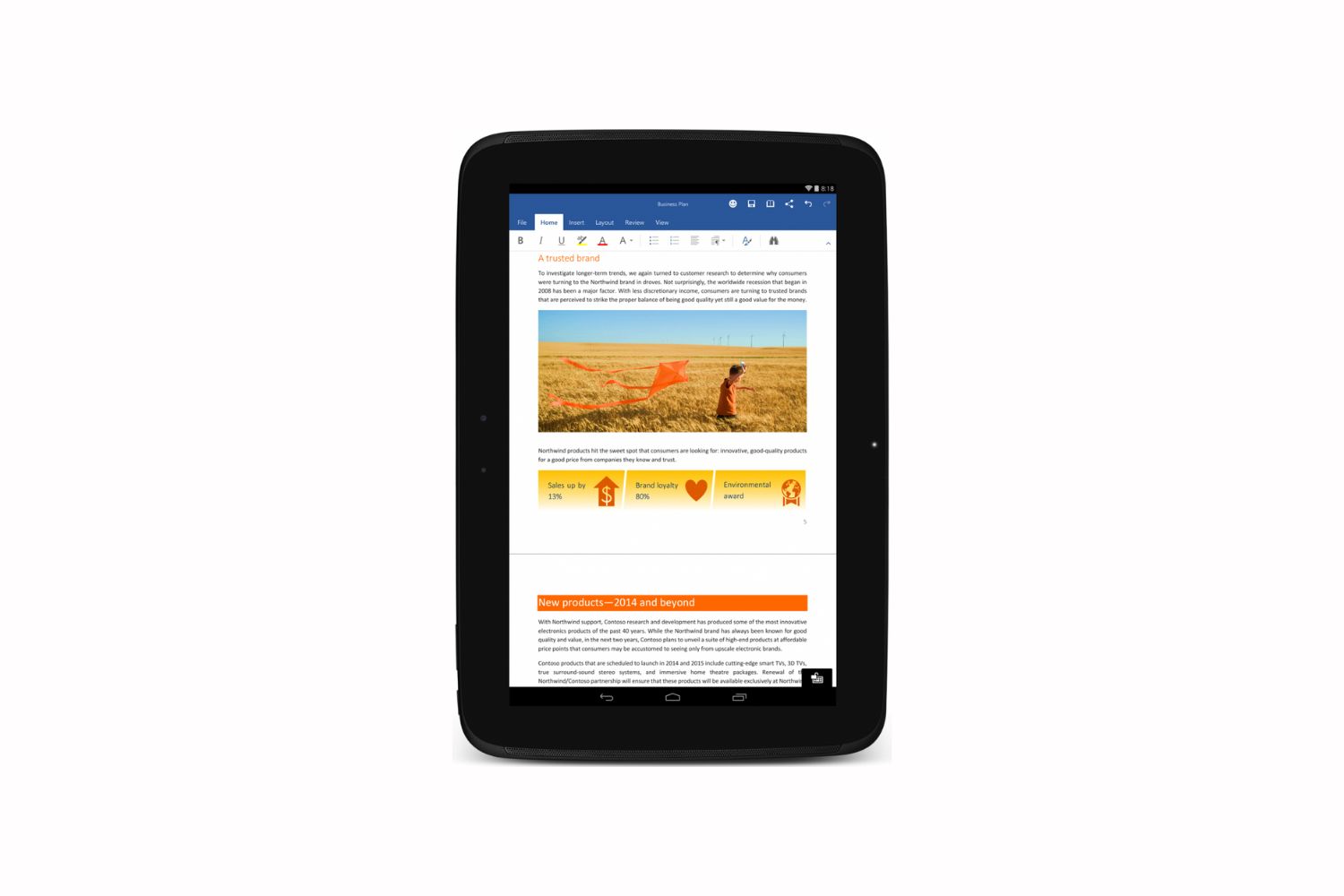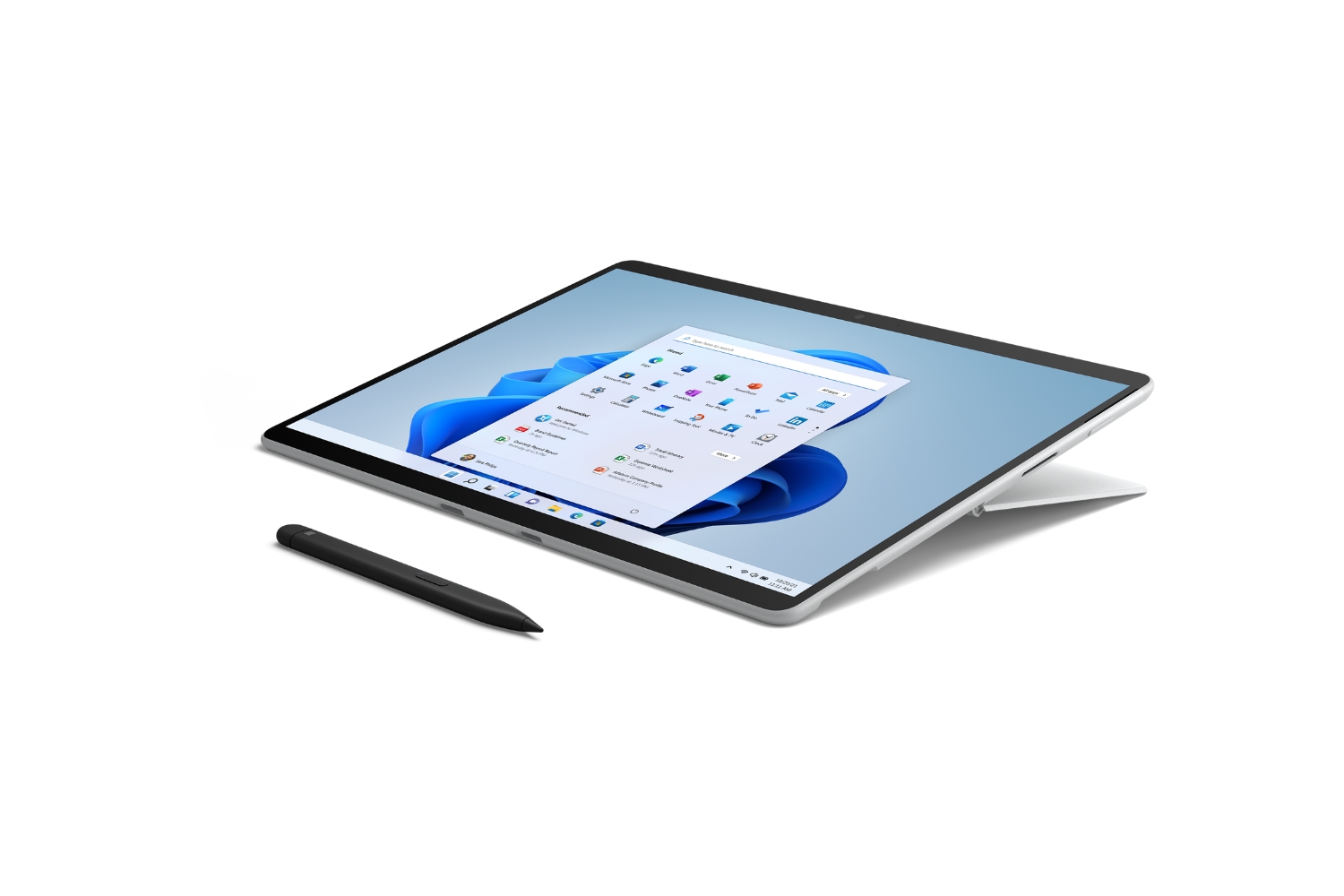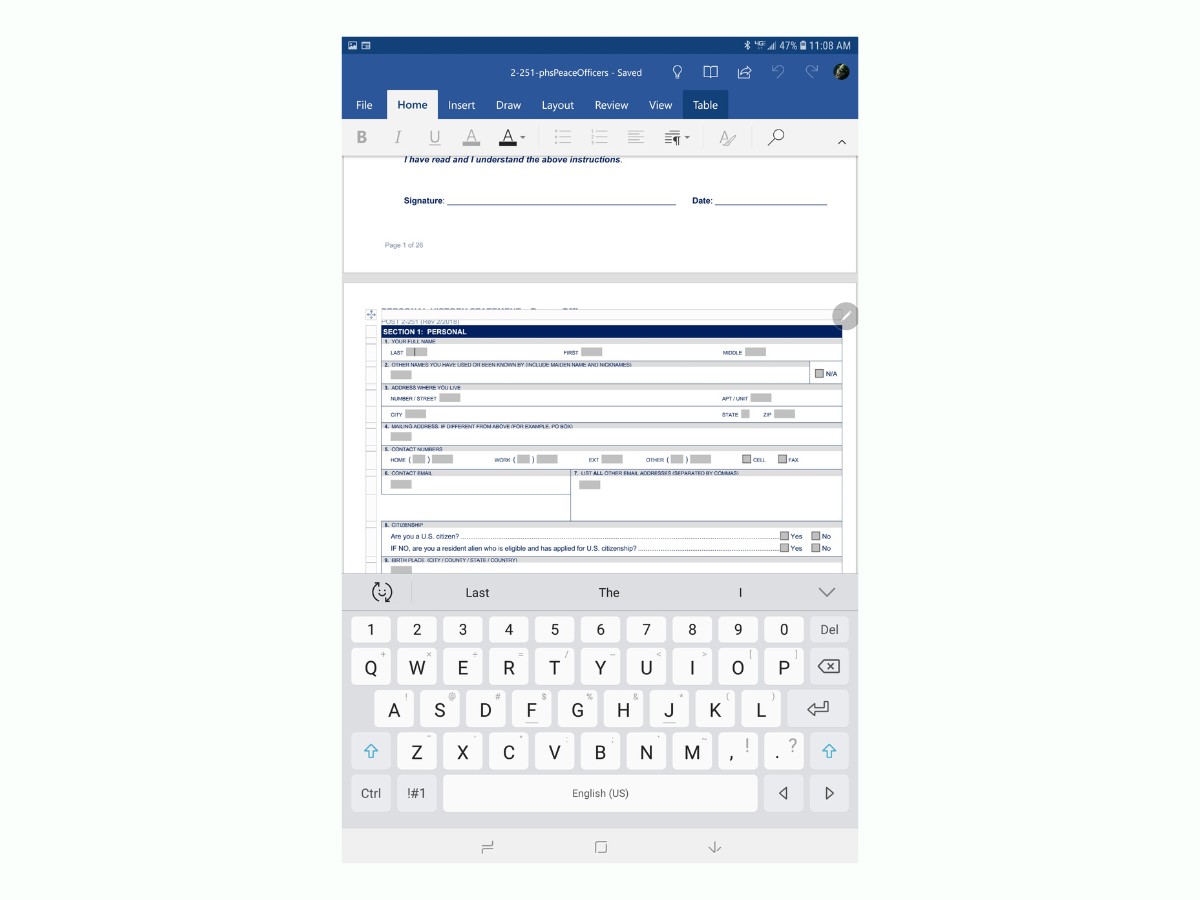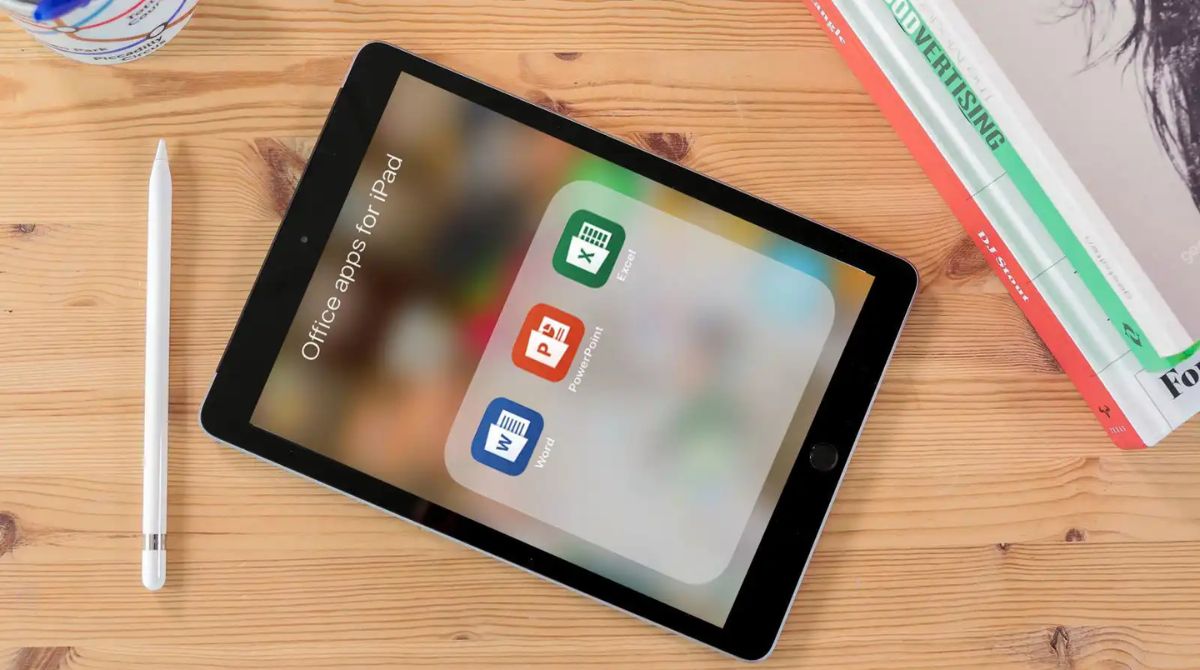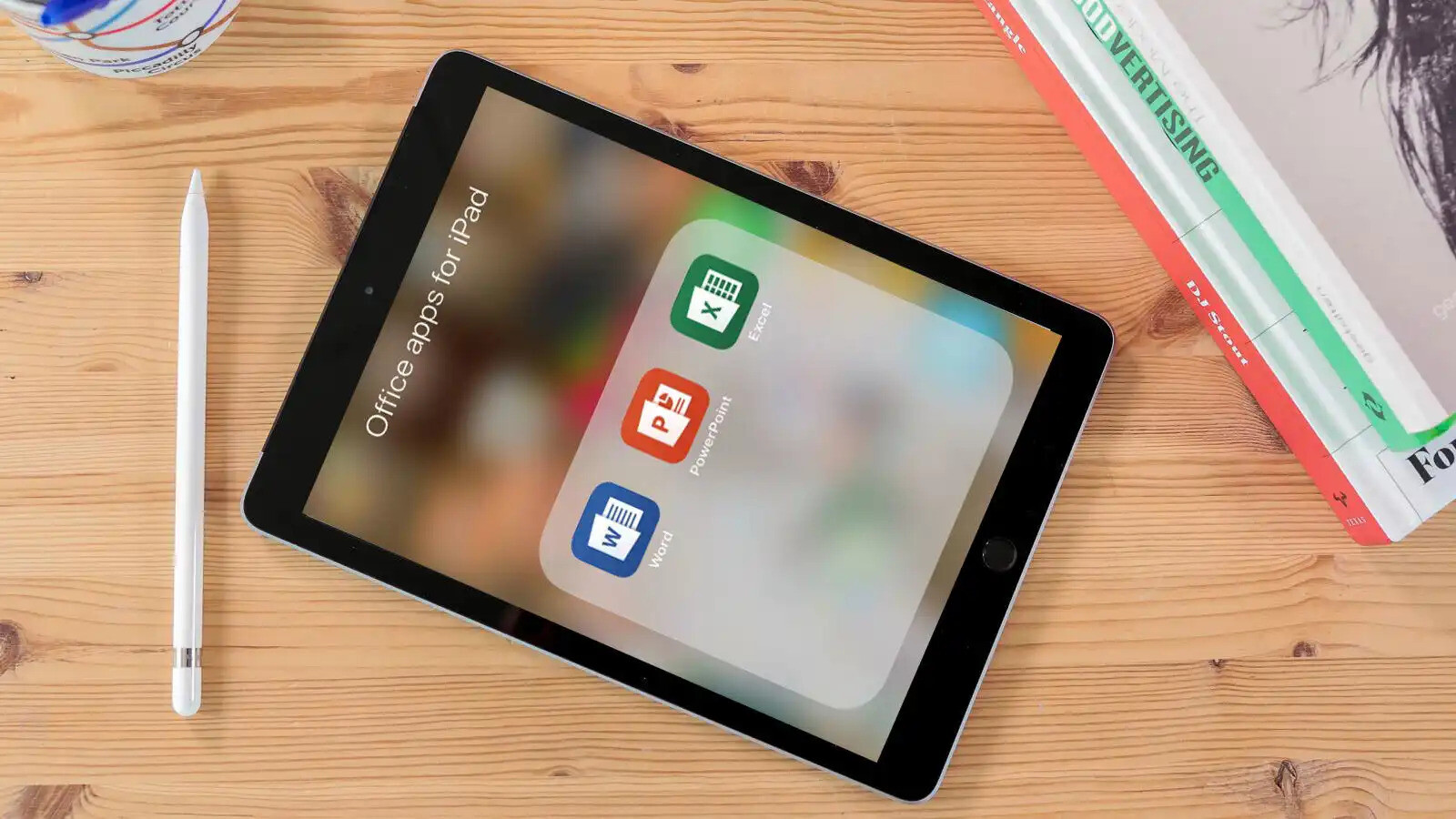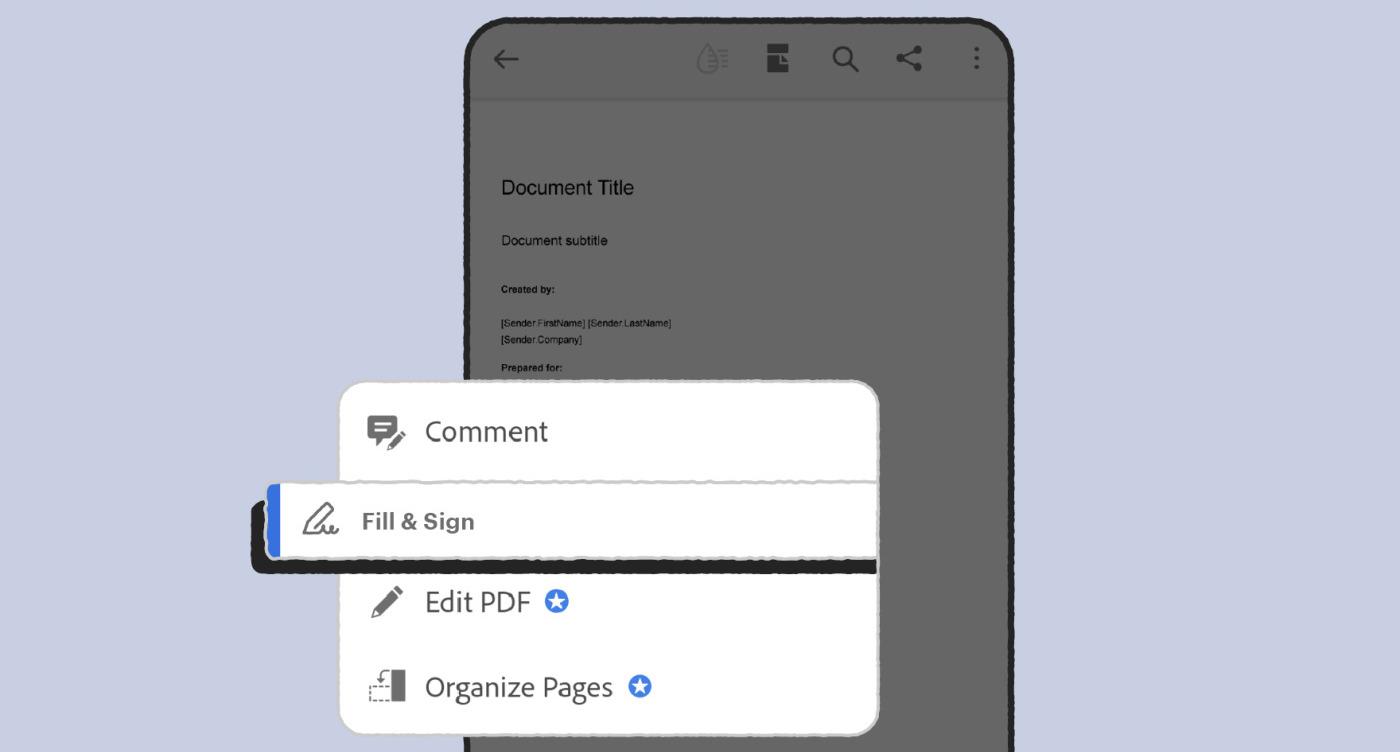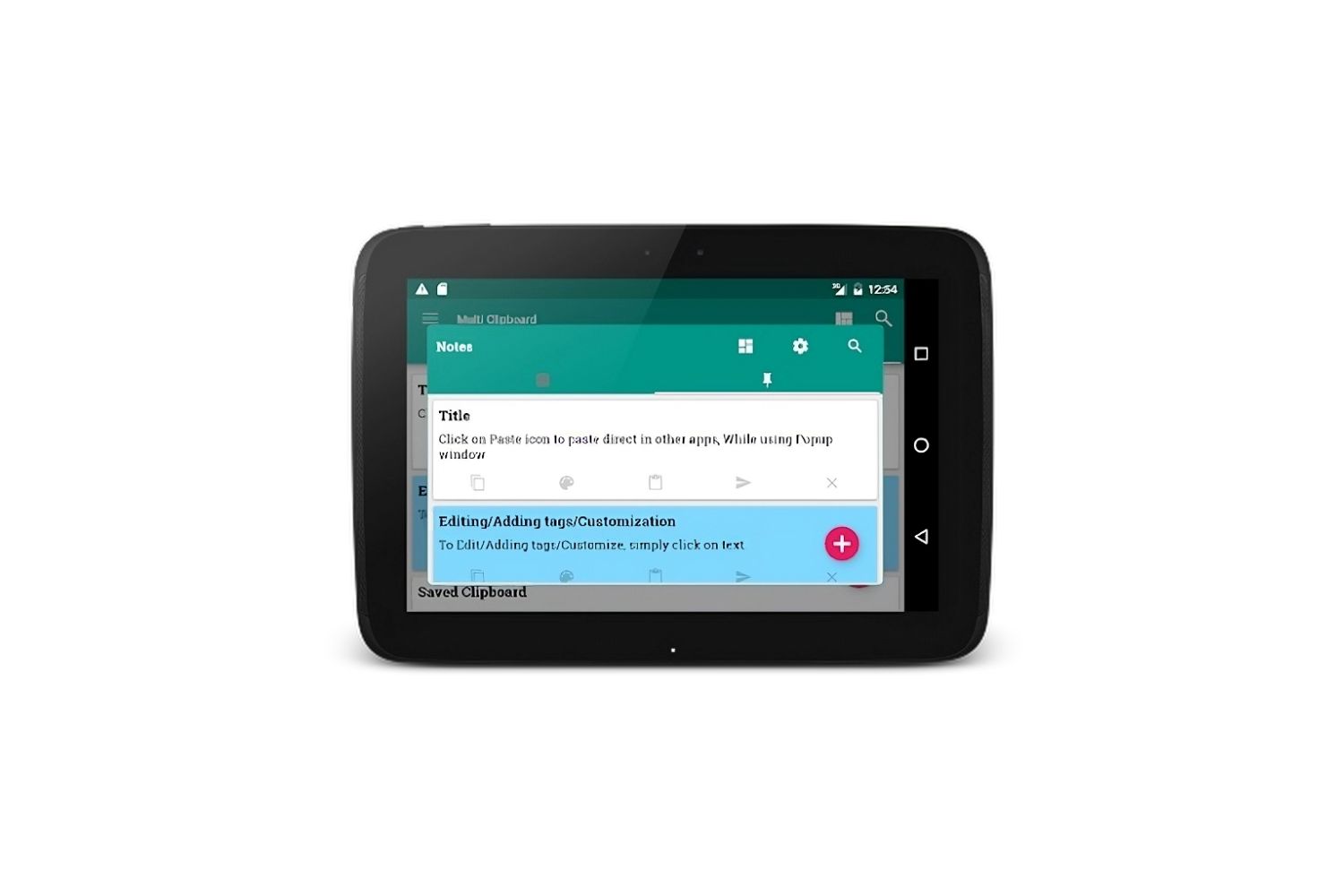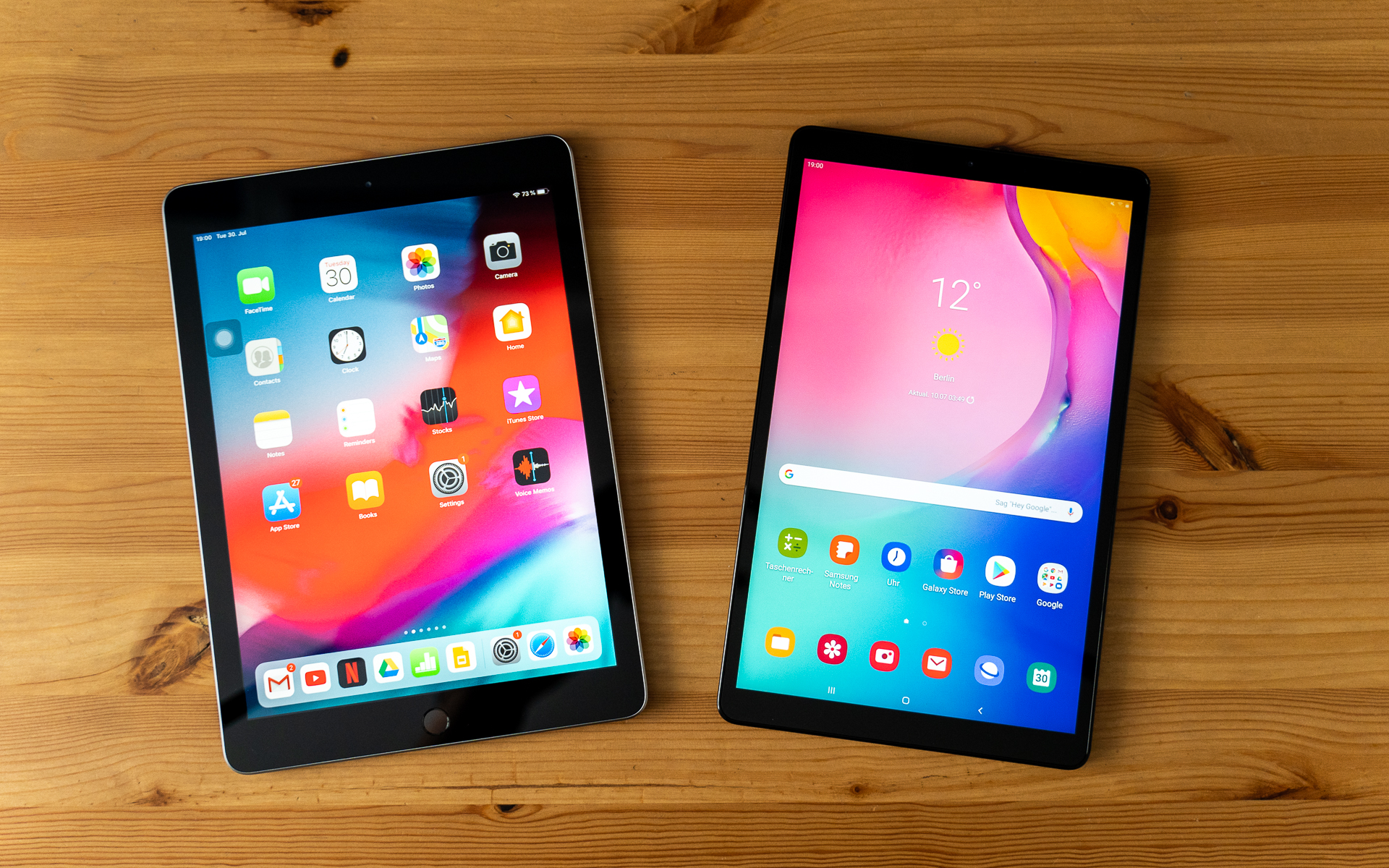What You Need to Edit Word Documents on Android Tablet
To efficiently edit Word documents on your Android tablet, there are a few essentials that you will need. With the right tools and setup, you can seamlessly create, modify, and collaborate on Word files right from your tablet. Here’s what you need to get started:
1. Android Tablet: You’ll need an Android tablet that meets the system requirements for running the Microsoft Word app or any other compatible word processing app. Check the app’s specifications to ensure compatibility with your tablet.
2. Microsoft Word App: Download and install the Microsoft Word app from the Google Play Store. This powerful app allows you to create, edit, and view Word documents on your Android tablet. Alternatively, you can choose from other word processing apps available on the Play Store, such as Google Docs or WPS Office.
3. Microsoft Account: To make the most of the editing features in the Word app, you’ll need a Microsoft account. This will enable you to access additional functionalities like saving files to OneDrive, syncing across devices, and collaborating with others in real-time.
4. Stable Internet Connection: A stable internet connection is necessary for accessing cloud storage, syncing files, and collaborating with others online. Ensure that your tablet is connected to a reliable Wi-Fi network or has a mobile data plan with adequate coverage.
5. Keyboard and Stylus: While it is possible to edit Word documents using the on-screen keyboard on your tablet, a physical keyboard or stylus can greatly enhance your editing experience. Consider investing in an external Bluetooth keyboard or a stylus for more accurate and comfortable text input.
Once you have these essential tools in place, you’re ready to dive into the world of editing Word documents right from your Android tablet. The following sections will guide you through the step-by-step process, as well as provide helpful tips and troubleshooting advice for a seamless editing experience.
Step-by-Step Guide to Editing Word Documents on Android Tablet
Editing Word documents on your Android tablet is a straightforward process. Whether you need to make minor changes or collaborate with others on a document, follow these steps to edit Word documents on your Android tablet:
Step 1: Open the Word App: Launch the Microsoft Word app or any other word processing app of your choice on your Android tablet. If you haven’t installed the app yet, download it from the Google Play Store and sign in with your Microsoft account.
Step 2: Access Your Document: Once you’re in the app, you’ll see a list of your recent documents. Tap on the document you want to edit, or use the search function to find a specific file. You can also open files stored on your device, in your cloud storage, or shared with you by others.
Step 3: Make Changes: With the document open, you can now start making edits. Use the touch keyboard or connect a physical keyboard to your tablet for easier typing. You can change the font, format text, insert or delete images, add tables, and more. Take advantage of the formatting options available in the app’s toolbar to apply styles, adjust alignment, change font size, and highlight text as needed.
Step 4: Collaborate and Track Changes: If you’re working on a document with others, you can collaborate in real-time. Share the document with your collaborators by selecting the share button. You can then invite others to edit the document or provide them with view-only access. Track changes to keep a record of all modifications made by different collaborators.
Step 5: Save and Sync: As you make edits, the document will automatically save your changes. However, it’s a good practice to manually save your work occasionally. Tap the save button to ensure that your progress is saved. If you’re connected to the internet, the document will sync with your cloud storage, allowing you to access and continue editing the document from different devices.
Step 6: Review and Proofread: Before finalizing your edits, review the document for any mistakes or inconsistencies. Use the spell-check feature in the app to catch any spelling or grammatical errors. Proofread the text and make any necessary revisions.
Step 7: Save and Export: Once you’re satisfied with your edits, save the final version of the document. You can choose to save it locally on your tablet or upload it to your preferred cloud storage service. You can also export the document as a different file format, such as PDF, if needed.
With these steps, you can effortlessly edit Word documents on your Android tablet. Take advantage of the features and tools available in the app to customize your documents and collaborate effectively with others.
Editing Tools and Features in Word App for Android Tablet
The Word app for Android tablet offers a wide range of editing tools and features to enhance your document editing experience. Whether you’re a professional or a student, these powerful tools can help you create professional-looking documents with ease. Here are some key editing tools and features in the Word app:
1. Formatting Options: The Word app provides a variety of formatting options to customize the appearance of your document. You can change font styles, sizes, and colors, apply bold or italic formatting, underline or strikethrough text, and highlight important information. Use the formatting toolbar to access these options and make your document visually appealing.
2. Insert and Edit Images: Need to add visuals to your document? The Word app allows you to easily insert and edit images. You can import images from your device’s gallery or take a photo directly within the app. Adjust the size, position, and alignment of the images to fit your document’s layout.
3. Collaboration Tools: Collaboration is made seamless with the Word app. Multiple users can edit the document simultaneously, making it ideal for group projects or team collaboration. You can leave comments for specific sections or use the built-in chat function to communicate with your collaborators in real-time.
4. Track Changes: The track changes feature in the Word app helps you keep track of all the edits made to a document. It allows you to accept or reject changes, review comments, and compare different versions of the document. This feature is particularly useful when working on documents with multiple contributors or when reviewing edits and suggestions from others.
5. Cross-Platform Compatibility: The Word app ensures that your documents can be seamlessly accessed and edited across different devices. You can start editing a document on your Android tablet and continue working on it from your computer or other mobile devices. The app syncs your changes automatically, enabling you to pick up right where you left off.
6. Table and Chart Creation: The Word app allows you to create and edit tables and charts within your documents. Use these tools to organize data, present information visually, and make your document more structured and engaging. Customize table and chart styles, add formulas, and modify data as needed.
7. AutoSave and Cloud Storage Integration: The Word app automatically saves your changes as you edit, ensuring that you don’t lose any progress. It also seamlessly integrates with various cloud storage services, such as OneDrive, Google Drive, and Dropbox. This enables you to access your documents from anywhere and collaborate with others effortlessly.
These are just a few of the many editing tools and features available in the Word app for Android tablet. Explore the app further to discover additional functionalities that can assist you in creating professional and polished documents on your Android tablet.
Tips and Tricks for Efficiently Editing Word Documents on Android Tablet
Editing Word documents on your Android tablet can be made even more efficient and productive with the help of some useful tips and tricks. These suggestions will help you make the most of the editing features and enhance your overall workflow. Here are some tips to consider:
1. Familiarize Yourself with Shortcuts: Learn and use keyboard shortcuts to speed up your editing tasks. For example, use Ctrl+B to make text bold, Ctrl+U to underline, and Ctrl+I to italicize. These shortcuts can save you time when formatting text, applying styles, and accessing commonly used commands.
2. Utilize Voice Dictation: Take advantage of the voice dictation feature available in the Word app. Instead of typing, you can simply speak your text, and the app will transcribe it for you. This is especially useful when you need to quickly jot down ideas or make edits on the go.
3. Use Smart Lookup: When you come across unfamiliar terms or need to research a topic, utilize the Smart Lookup feature. Simply select the word or phrase you want to learn more about, and Word will provide definitions, synonyms, and additional information from various online sources without leaving the app.
4. Customize the Toolbar: Tailor the Word app’s toolbar to your specific needs. Add frequently used commands to the toolbar for quick access. This saves you time and eliminates the need to navigate through menus to find the options you use most often.
5. Take Advantage of Templates: Word provides a range of pre-designed templates that can be customized to suit your specific document needs. Explore the template library to find layouts for resumes, presentations, project reports, and more. This can significantly speed up the document creation process.
6. Collaborate in Real-Time: Use the collaboration features of the Word app to work with others on your documents. Enable real-time co-authoring to see edits made by others instantly. This is particularly valuable for teamwork and group projects, ensuring everyone is on the same page and avoiding version control issues.
7. Master Document Navigation: Become proficient in navigating large documents by using the Table of Contents, Headings, and Navigation Pane features. These tools allow you to quickly jump to different sections of your document, making it easier to locate and edit specific content.
8. Enable Autosave: Ensure that the Autosave feature is enabled to automatically save your changes as you edit. This provides an extra layer of protection against accidental loss of progress and ensures you never lose your work.
By incorporating these tips and tricks into your workflow, you can expedite the editing process and create professional documents on your Android tablet more efficiently.
Troubleshooting Common Issues While Editing Word Documents on Android Tablet
The Word app for Android tablets generally provides a smooth editing experience. However, you may encounter some common issues while editing Word documents. Understanding how to troubleshoot these problems can help you overcome any obstacles and continue your work seamlessly. Here are some common issues and their solutions:
1. App Crashes or Freezes: If the Word app crashes or freezes frequently, try closing other apps running in the background to free up memory. Additionally, ensure that you have the latest version of the app installed. If the problem persists, uninstall and reinstall the app to resolve any potential software conflicts.
2. Formatting Issues: Sometimes, the formatting of your Word document may not display correctly on your Android tablet. To address this, select the problematic text and choose the “Clear Formatting” option from the formatting toolbar. You can then reapply the desired formatting styles to ensure consistency.
3. Syncing Problems: If your documents are not syncing across devices, check your internet connection and ensure that syncing is enabled in the app’s settings. Sign out and sign back in to your Microsoft account to refresh the sync process. If the issue persists, try unlinking and relinking your cloud storage accounts to reestablish the connection.
4. Track Changes Malfunction: If the track changes feature is not working properly, make sure that it is enabled in the app settings. Also, verify that you have the necessary permissions to edit the document and that you are using a compatible file format, such as .docx. If the issue persists, consider saving a copy of the document and starting a new track changes session.
5. Slow Performance: If the Word app is slow or unresponsive, close any unnecessary apps running in the background to free up system resources. Clear the app cache or restart your Android tablet to improve performance. If the problem continues, check for available updates for both the app and your device’s operating system.
6. File Compatibility Issues: If you encounter compatibility issues when opening Word documents created on different devices or software versions, try saving the document as a different file format, such as .docx or .pdf. Alternatively, use the “Open with” option to open the file in a different word processing app that supports the particular file format.
7. Network Connectivity Problems: If you’re experiencing network connectivity issues, verify that your Wi-Fi or data connection is stable. Move closer to the router or switch to a different network if possible. You can also try putting your device in airplane mode for a few seconds and then turning it off to reset your network connection.
If you continue to experience issues while editing Word documents on your Android tablet, contacting the app’s support team or seeking assistance from online forums can provide further guidance and troubleshooting steps.
Alternatives to Microsoft Word App for Editing Word Documents on Android Tablet
While the Microsoft Word app is a popular choice for editing Word documents on Android tablets, there are also other reliable alternatives available. These alternatives offer similar functionality and compatibility with Word documents, providing you with flexibility in choosing the editing tool that best suits your needs. Here are some alternatives worth considering:
1. Google Docs: Google Docs is a web-based word processing application that seamlessly integrates with Google Drive and offers collaborative editing features. It supports Word document formats, and you can easily edit and share your documents across different devices. Google Docs is free to use with a Google account.
2. WPS Office: WPS Office is a comprehensive office suite that includes a word processor, spreadsheet program, and presentation software. The WPS Writer component allows you to edit Word documents on your Android tablet with a user-friendly interface and a wide range of features. It also supports other file formats, such as PDF and Excel spreadsheets.
3. OfficeSuite: OfficeSuite is another popular office suite app for Android tablets that supports editing Word documents. It offers a familiar editing interface and a variety of formatting options. OfficeSuite also provides support for PDF files, spreadsheets, and presentations.
4. Polaris Office: Polaris Office is a feature-packed office suite that allows you to edit Word documents on your Android tablet. It offers a user-friendly interface, cloud storage integration, and compatibility with various file formats. Polaris Office provides a free version with limited features, as well as a premium version for more advanced functionalities.
5. Evernote: While not specifically designed for word processing, Evernote is a note-taking app that allows you to create and edit text documents. It offers a simple and intuitive interface with basic formatting options. Evernote is known for its robust organization and synchronization capabilities.
These are just a few examples of the alternatives available for editing Word documents on your Android tablet. Each app has its own unique features and strengths, so it’s worth exploring them further to determine which one best suits your specific requirements and preferences.
Final Thoughts: Making the Most of Word Editing on Android Tablet
Editing Word documents on your Android tablet offers a convenient and flexible way to work on your documents while on the go. By utilizing the right tools, understanding the editing process, and implementing helpful tips and tricks, you can maximize your productivity and create professional documents. Here are some final thoughts to make the most of Word editing on your Android tablet:
1. Customize Your Workspace: Take the time to configure the Word app to suit your preferences. Customize the toolbar, set default font styles, and adjust other settings that enhance your editing experience. This will help streamline your workflow and make editing more enjoyable.
2. Explore Advanced Features: While the basic editing functions are essential, delve deeper into the Word app to discover advanced features. Experiment with headers and footers, create a table of contents, or apply more complex formatting options. The more you explore, the more capable you become in leveraging the app’s capabilities.
3. Take Advantage of Cloud Storage: Cloud storage integration allows you to access your files from anywhere and ensures seamless syncing across devices. Embrace this feature to work on your documents whenever and wherever inspiration strikes, knowing that your files are always up to date.
4. Collaboration and Feedback: The ability to collaborate with others and receive feedback is invaluable. Use the collaboration features in the Word app to work on projects with colleagues, classmates, or clients. Leverage the track changes functionality and comments to facilitate communication and streamline the editing process.
5. Stay Updated: Keep your Word app and Android device up to date with the latest software versions. Software updates often introduce new features, bug fixes, and security improvements. Regularly check for updates to ensure you are getting the best editing experience possible.
6. Practice Good Document Management: Develop a system for organizing and managing your Word documents. Create meaningful folder structures, use descriptive file names, and consider adopting cloud storage solutions for easy access and backup. This will save you time and effort in locating and retrieving your documents later on.
7. Attend to Connectivity and Power: Ensure a stable internet connection when working on cloud-based documents and collaborating with others. Additionally, have your Android tablet fully charged or connected to a power source, especially when working on extensive editing sessions. This way, you won’t be interrupted by power loss or connectivity issues.
By following these final thoughts, you can make the most of Word editing on your Android tablet. Take advantage of the available tools, collaborate with others, and stay organized to enhance your productivity and create polished documents.







